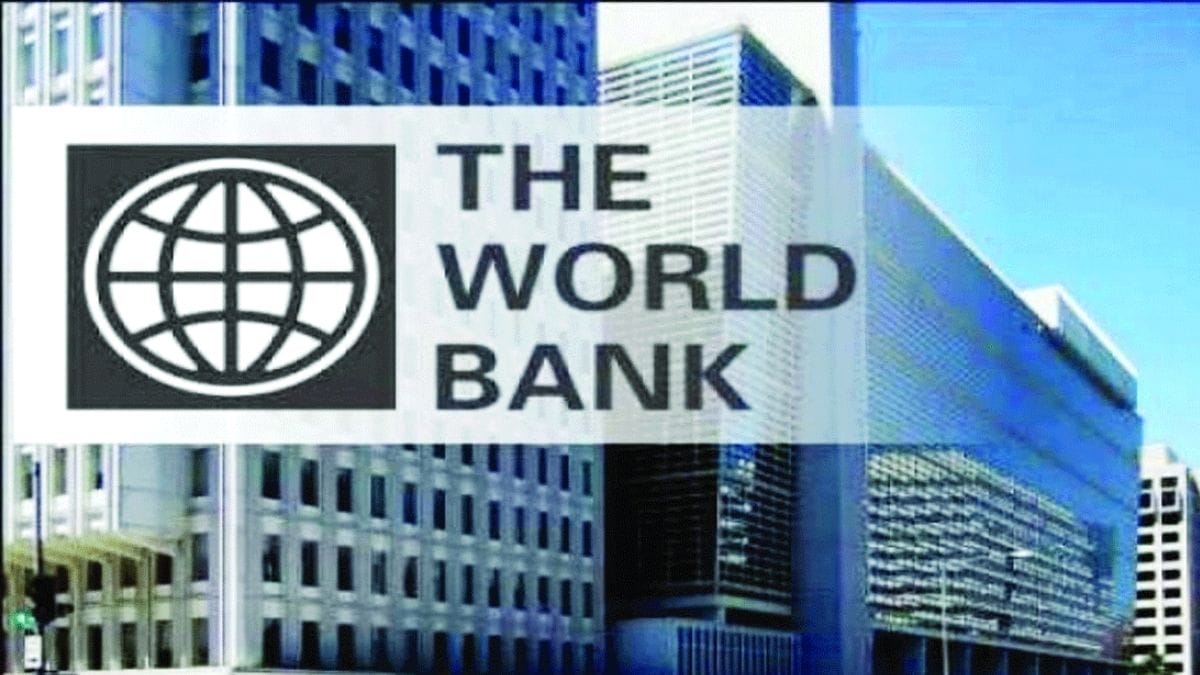Some of the world’s poorest nations face a debt crisis drastically which will deeply complicate efforts to revamp from the economic recession impacted by the COVID-19 pandemic. More than 70 low-income nations are disguised of extra debt repayments of around $11 billion in this year, a hike of 45% since 2020 post a sharp projection in carrying last year.
“The risk is that the economic crisis of inflation and higher interest rates will spread due to financial fragility. Tighter global financial conditions and shallow domestic debt markets in many developing countries are crowding out private investment and dampening the recovery,” World Bank Group President David Malpass said
The World Bank highlighted its long term concerns about lack of transparency regarding Chinese lending and collateral debts in the sovereign debt sector, also alerted growing private sector risks in its recent World Development report.
The bank’s survey report emphasizes that 46% of small and medium-sized businesses in developing nations anticipated to slow down behind on debt payments in a period of six months, but the number was doubled in some countries, chief economist Carmen Reinhart told Reuters in an interview.
The COVID-19 has broadened inequality across developing nations. Addressing financial risks is significant to ensure that governments and financial institutions can stand for the recovery, including through investments in public services, such as health care and education,” the report said.
One of the four policy areas the report said necessitated urgent action is the increased levels of sovereign debt, with the other three being the management and reduction of loan distress, improvement in legal insolvency frameworks, and ensuring continued access to finance.
Terming the rise in sovereign debt due to the pandemic as “dramatic”, the report tells that the average total debt burden for low- and middle-income countries had increased by around 9% points of Gross Domestic Product (GDP) just in 2019-20 – the first year of the pandemic. However, the previous decade had seen an average increase of 1.9 percentage points.
“During the pandemic, governments accumulated debt to finance current expenditures, but it came at the cost of limiting their ability to spend in the future, including on public goods such as education and public health. Under-investment in these services can worsen inequality and human development outcomes. High debt and lack of spending flexibility also limit the capacity of governments to cope with future shocks,” the report warned.
India’s general government debt has ballooned to around 90 percent of GDP from just over 70% in FY19. In the coming year, the central government prepared to borrow a record Rs 14.95 lakh crore from the market to meet its spending needs, over 40% more against FY22. However, it has targeted a fiscal deficit of 6.4% of GDP, which would represent a 280-basis-point low from FY21’s 9.2%.
New 2022 World Development Report recommends policy reforms that give governments an opportunity & roadmap to avert a global financial crisis & shift to a more sustainable world economy. https://t.co/o14Yd5s4UN #WDR2022 pic.twitter.com/czsMvhv96y
— World Bank Research (@wb_research) February 15, 2022


